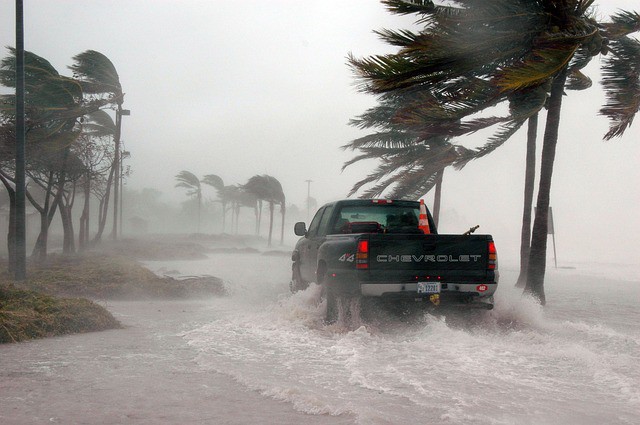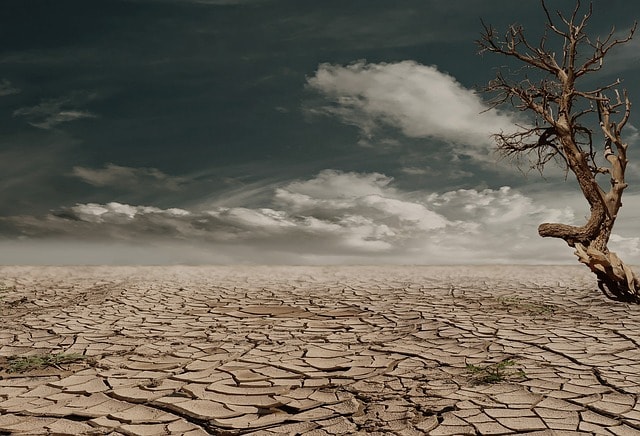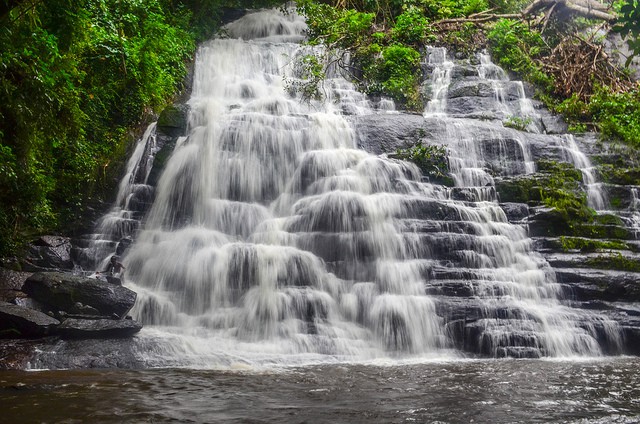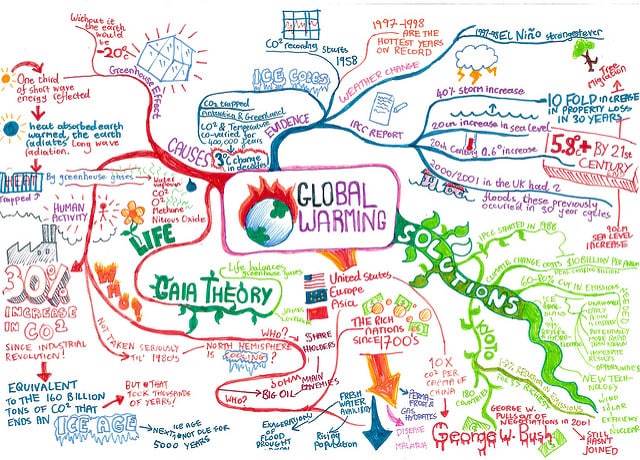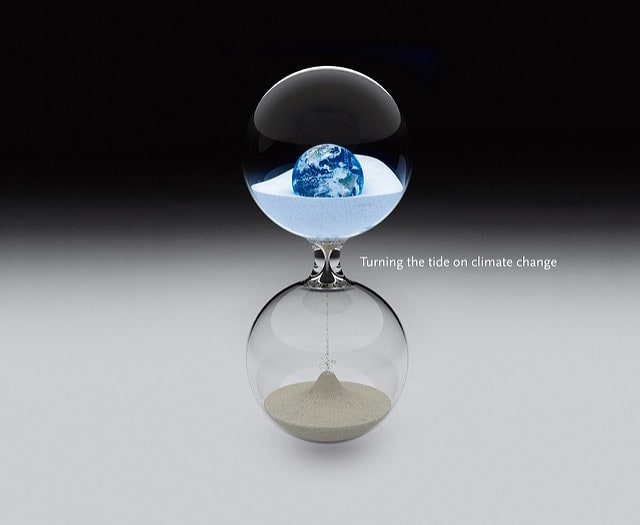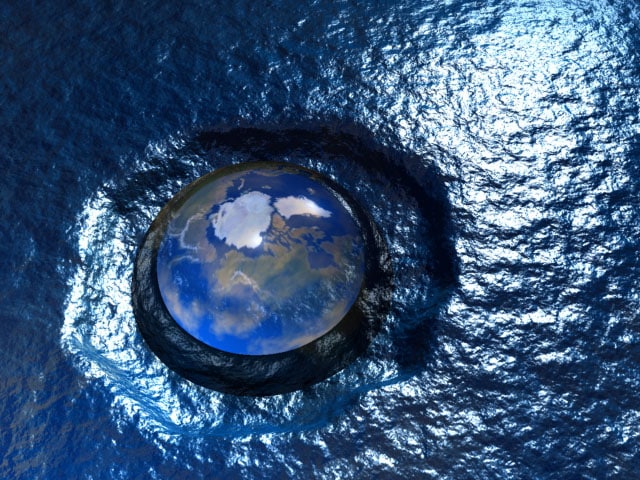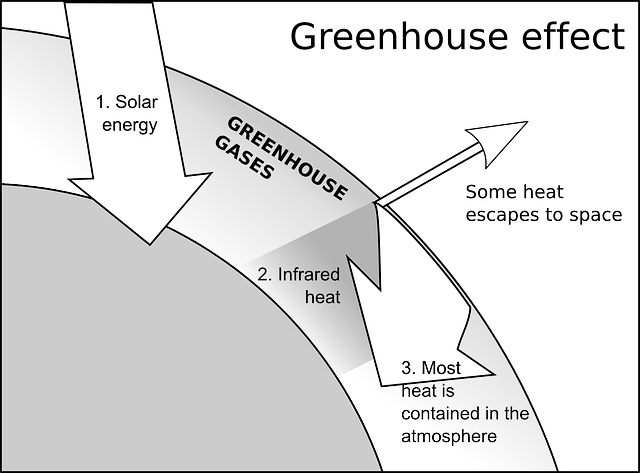What is Water Condensation? Process and Wonderful Examples of Condensation
Condensation is the process by which water in the gaseous state reverts to the liquid state on meeting a cooler surface or a region with lower temperature conditions. This process occurs alongside evaporation. Whereas evaporation has to do with the escape of molecules of liquid water from the liquid to the vapor or gaseous state…



